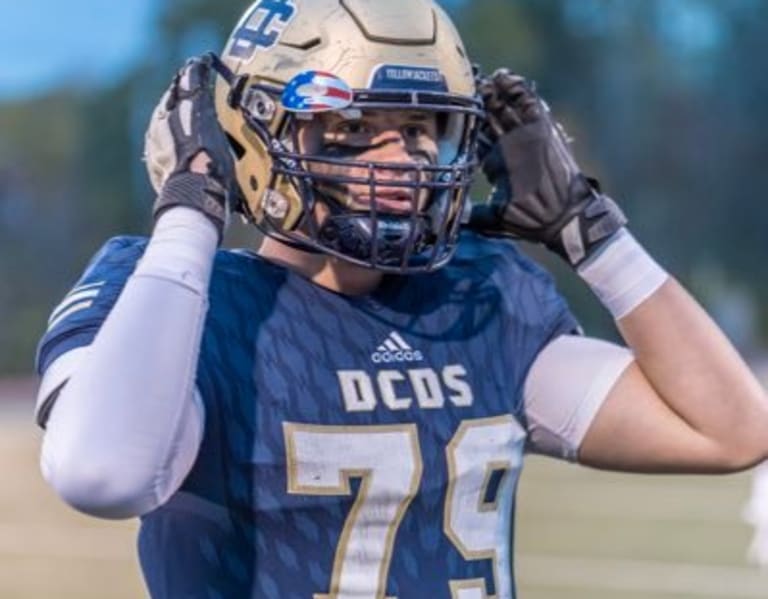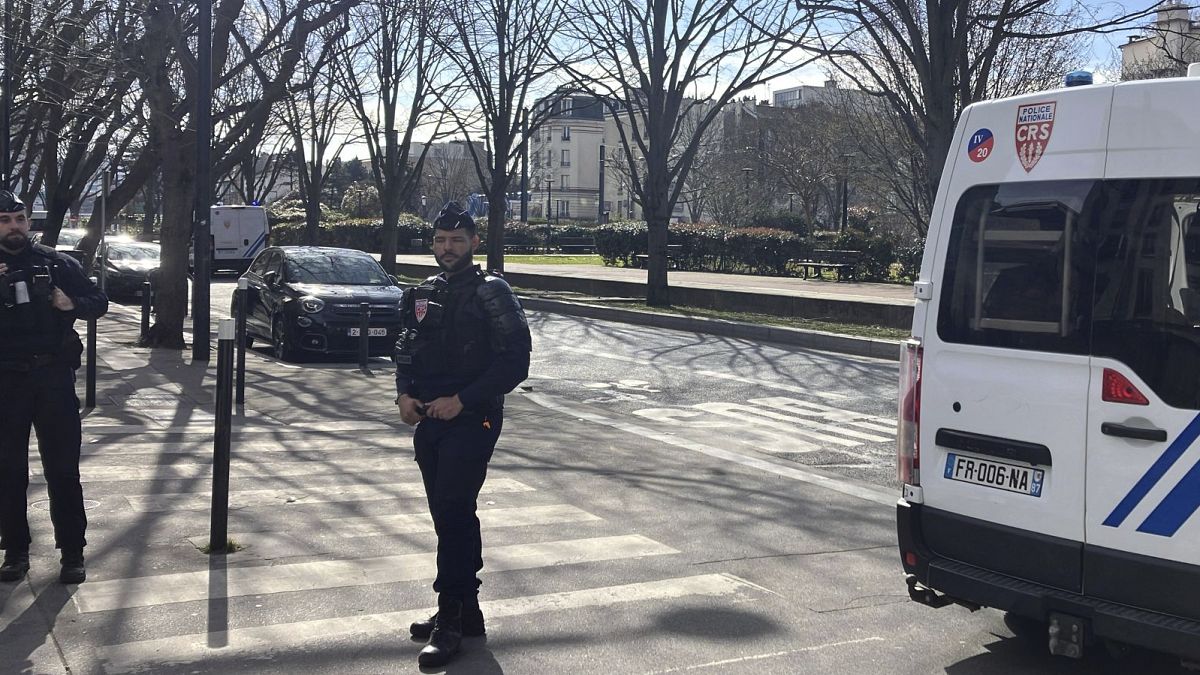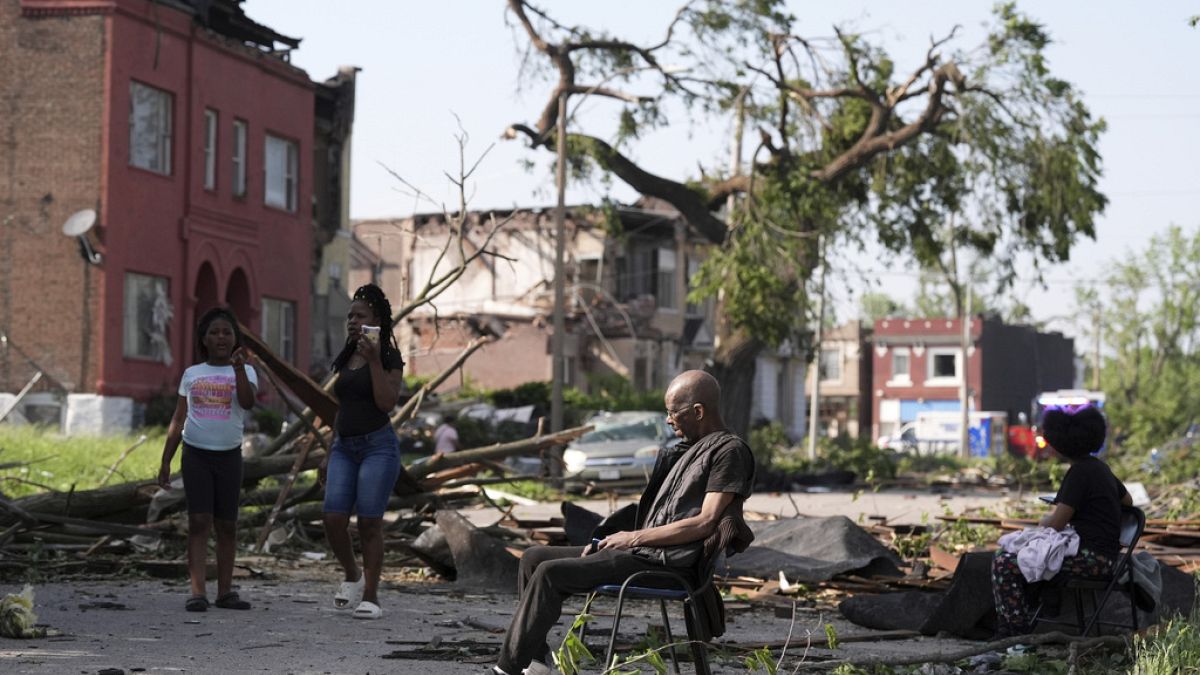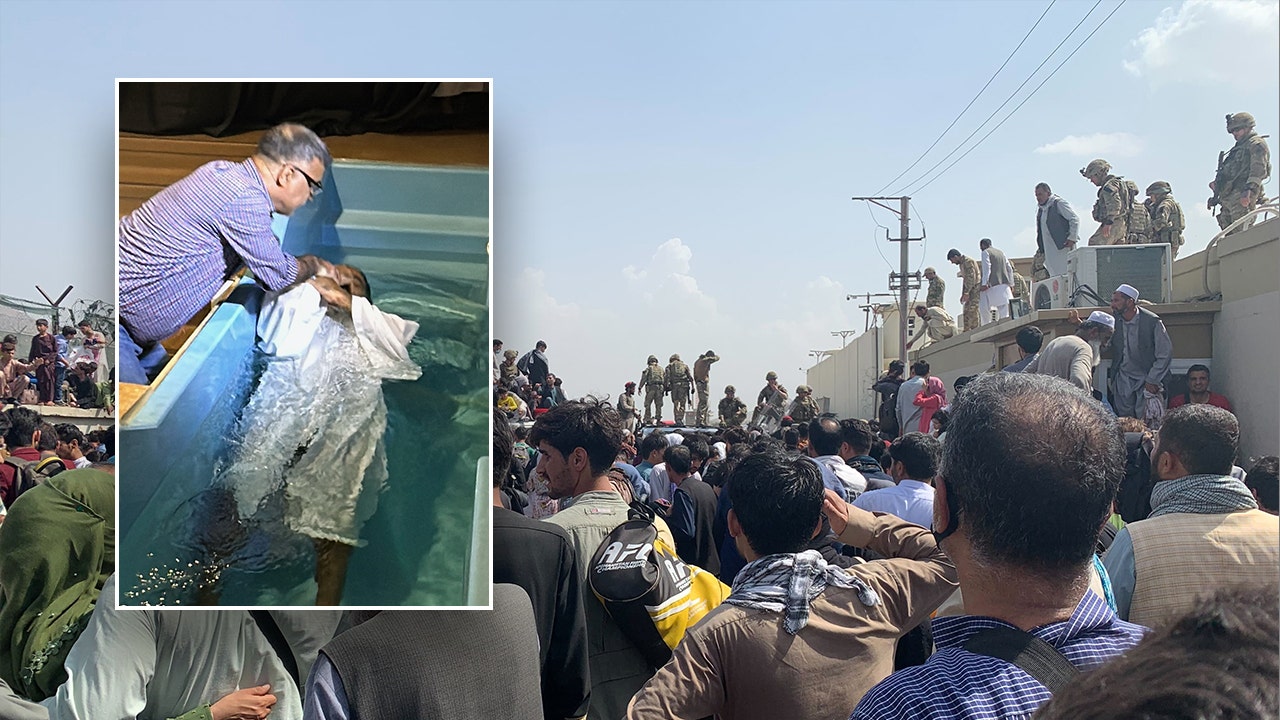Franklin (Mi.) Detroit Community 2025 offensive lineman Cade Wilhelmi was invited to West Virginia to watch the Mountaineers take on Texas Tech. It was a trip he’s glad he decided to make.
That’s because the Big 12 Conference program pulled the trigger on a scholarship offer on the 6-foot-5, 275-pounder following a conversation with offensive line coach Matt Moore.
You must be a member to read the full article. Subscribe now for instant access to all premium content.
-
Members-only forums
-
Predict prospect commits with FanFutureCast
-
Exclusive highlights and interviews
-
Exclusive coverage of Rivals Camp Series
-
Breaking recruiting news


























